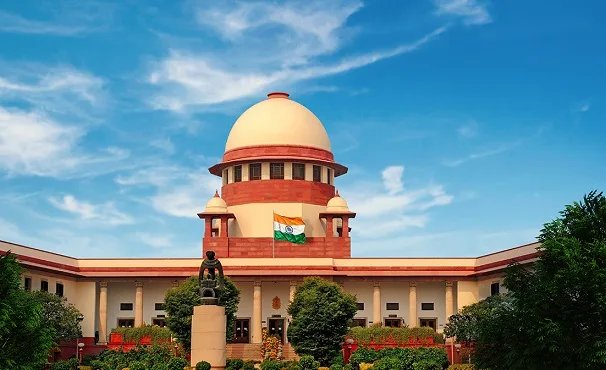Digital Access is a Fundamental Right under Article 21

Pravin Kumar
In a landmark judgement on 30 April 2025, the Supreme Court of India held that digital access is an essential part of the fundamental right to life and liberty enshrined in Article 21 of the Indian Constitution. This decision of the Supreme Court not only gives legal recognition to technological access, but is also considered a revolutionary step towards ensuring dignity, autonomy and equal participation of citizens living in the digital age. It is an important step towards making India’s digital future more equal, inclusive and constitutional.
The bench of Justice R. Mahadevan and Justice J.B. Pardiwala passed this verdict on the petition of two women who are victims of acid attack and are suffering from 100% blindness. They were facing difficulty in opening bank account and obtaining SIM card due to the ‘live photo’ process of digital KYC.
After hearing the petition, the Supreme Court clearly stated in its decision that digital access is a constitutional right of every citizen of the country. The Hon’ble Court directed the Government of the country, RBI and other agencies to develop an inclusive and accessible digital system and said that there is a need to develop Braille, voice-enabled and non-biometric options for visually impaired and hearing impaired persons. The Supreme Court has also ordered to continue the paper-based KYC option.
The court also said that today digital platforms have become the biggest means of access to governance, health, education, and economic opportunities. Therefore, it is necessary that the fundamental rights of the Constitution be interpreted in the context of digital reality. Substantive equality means that every citizen should be ensured equal and equitable use of digital resources. The court has directed the central government and the concerned agencies to make access to digital platforms accessible and inclusive for Divyangjan, rural population, senior citizens, linguistic minorities and economically deprived sections.
In fact, digital services in India are rapidly entering every sphere of life – education, health, banking and governance. But Divyangjan, people from rural areas, senior citizens and linguistic minorities are still living a life isolated from the digital world. This decision of the Supreme Court shows that now the issue of digital access is not limited to just convenience, but it has become a constitutional issue of equality and dignity.
The policy and practical impact of this decision of the Supreme Court will be that the government will now have to seriously implement schemes related to digital inclusion like BharatNet, PM Digital Saksharta Abhiyan and others. Banks and telecom companies will have to adopt inclusive options for non-biometric KYC. Tech companies will have to make their apps and websites accessibility-friendly (such as voice-navigation, screen reader support, etc.).
After the decision of the country’s Supreme Court, bridging the digital divide has now become not just a matter of policy but a constitutional requirement. The right to a dignified life is incomplete without participation in the digital world in the 21st century. This decision can prove to be a milestone in the direction of digital equality in India. It gives a clear message that the purpose of technology should not be just convenience but inclusion and empowerment.
Therefore, policymakers, technology companies and institutions should work together to develop a digital ecosystem in the country that connects every citizen equally, rather than isolating them further. As the country moves towards ‘Digital India’, it is important that no one is left behind – neither due to physical reasons nor due to social reasons.
